Positive Psychology, Movement Therapy
The problem is, we don’t always know how to get from where we are to where we want to be – or even what “where we want to be” looks like.
We need something to bridge that gap
With warmth, compassion, a sense of humor, directness and a dedication, I can help you (discover your own strengths and resources to make the changes and transform into who you want to be) you uncover the answers that lie within you.


Hi. I’m Teresa, – I’m a therapist, or a “life un-tangler”. I take the therapy sessions out of the office and into the nature. I believe moving the body is moving the mind – and that nature have a magic power of healing.
I’m from Norway and have lived in Gran Canaria since 2009. I’m a proud mom of 2 “grownup” kids, and some animals.
Those closest to me know me as a committed partner, business owner and lover of reading. While I enjoy spending time in the mountains, my ideal days off are spent kitesurfing waves or designing clothes.
I have worked as dancer, psychiatric therapist and educator, but therapy in movement, has brought me both the greatest job satisfaction and peace. Where my best qualities complement each other in a beautiful way.
My experience from heavy psychiatry I dealt with suicide, anorexia, and substance abuse. It made me question what happiness is, and how to pursue an authentic happy life. – and this brought me to positive psychology, the leading edge of studying humans’ well-being.
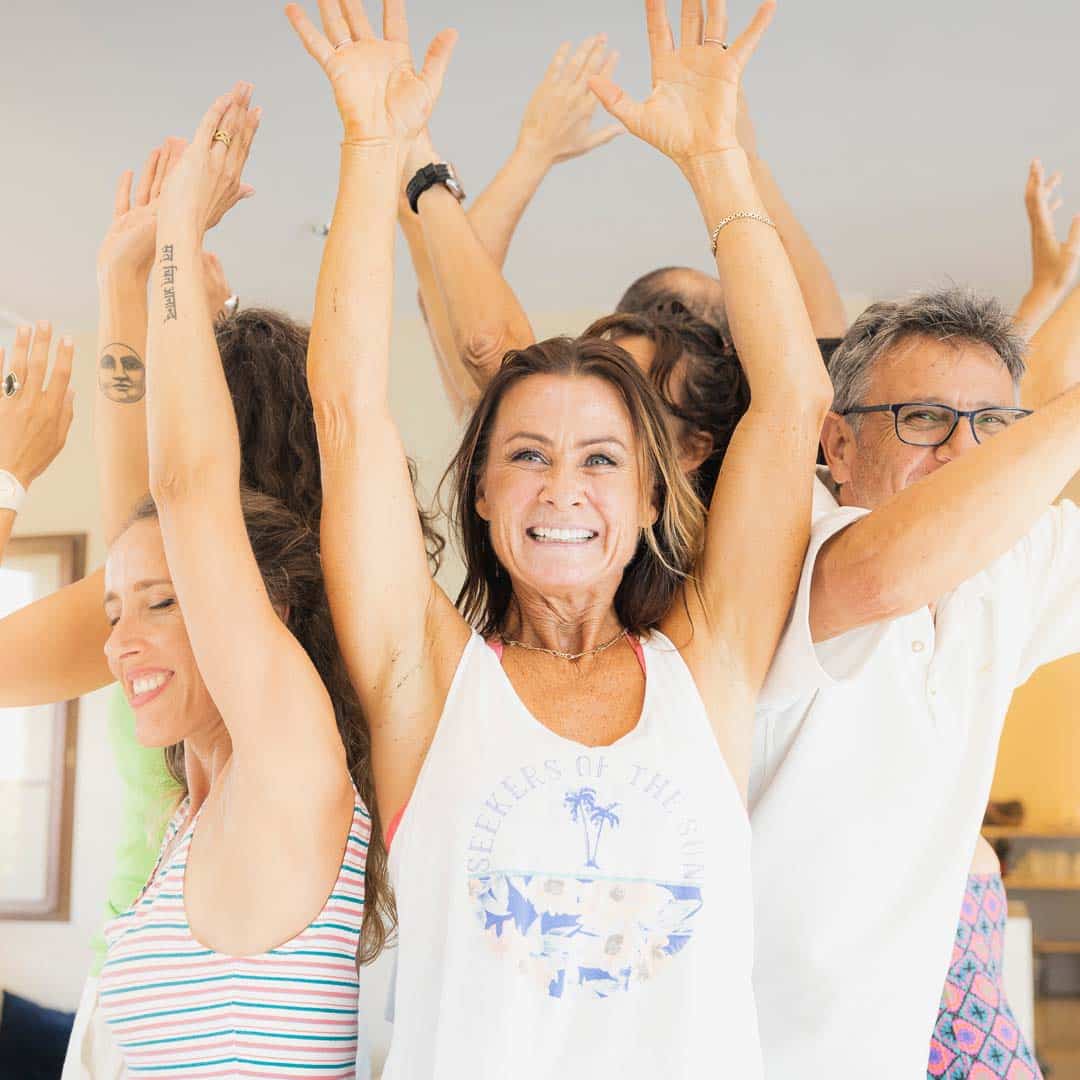
My life has given me many “contrasts”. From growing up with undiagnosed ADHD, build a successful job, had a dancing and sport career, escaping a violent relationship, then lose all I had, including my health. – But what shaped me most was my rising back to a new, happier, and fulfilling life.
Genuine compassion and authenticity are the result of that. I found a great enthusiasm for life and notice the beauty, joy and happiness hidden I the small events of life.
This have thought me what matters in life; – that pwople around me have fun, feel worthy, loved and accepted, – and that there are no circumstances that cannot be changed.
I really want people see that life can be better. This is the reason for me to be her today and to get up every morning.
I believe that in our ever chaotic and noisy lives, we need to slow down, tune out, and give ourselves permission to be still. To explore the insights that comes from stillness, and recharge a few minutes every day. When we take a break from technology and reconnect to nature, we suddenly become happier and more mindful. This is the path to well-being that the world needs right now.
When I started Vibraciones I wanted to do something different. I wanted my practice to reflect my unique skills and insights. – to create a “friendlier” therapy form and make it easier to reach out for help, – a non-judgmental environment, where client and therapist are equal respected and valued.
I am NOT a “lay down on my coach” -kind of therapist. That’s not me! I roll up my sleeves and get in the “storm” with you. Because I can relate. I have been in the storm, and this has made me an empathic and humble therapist with courage to be vulnerable and share from my own experience. I really care for my clients, and I take my work very seriously. I love what I do and I think it is my purpose in life.
My passion for helping people make me listen and pay attention, to see things from the clients’ unique perspectives, and to understand them emotionally as well as cognitively. I seek to get the “big picture” and I love to provide my clients effective methods and (sometimes) fun approach, – so they can create a sustainable life and ultimately stop coming to therapy. I know your time and money is valuable, so I try to be as structured, and goal oriented as possible.


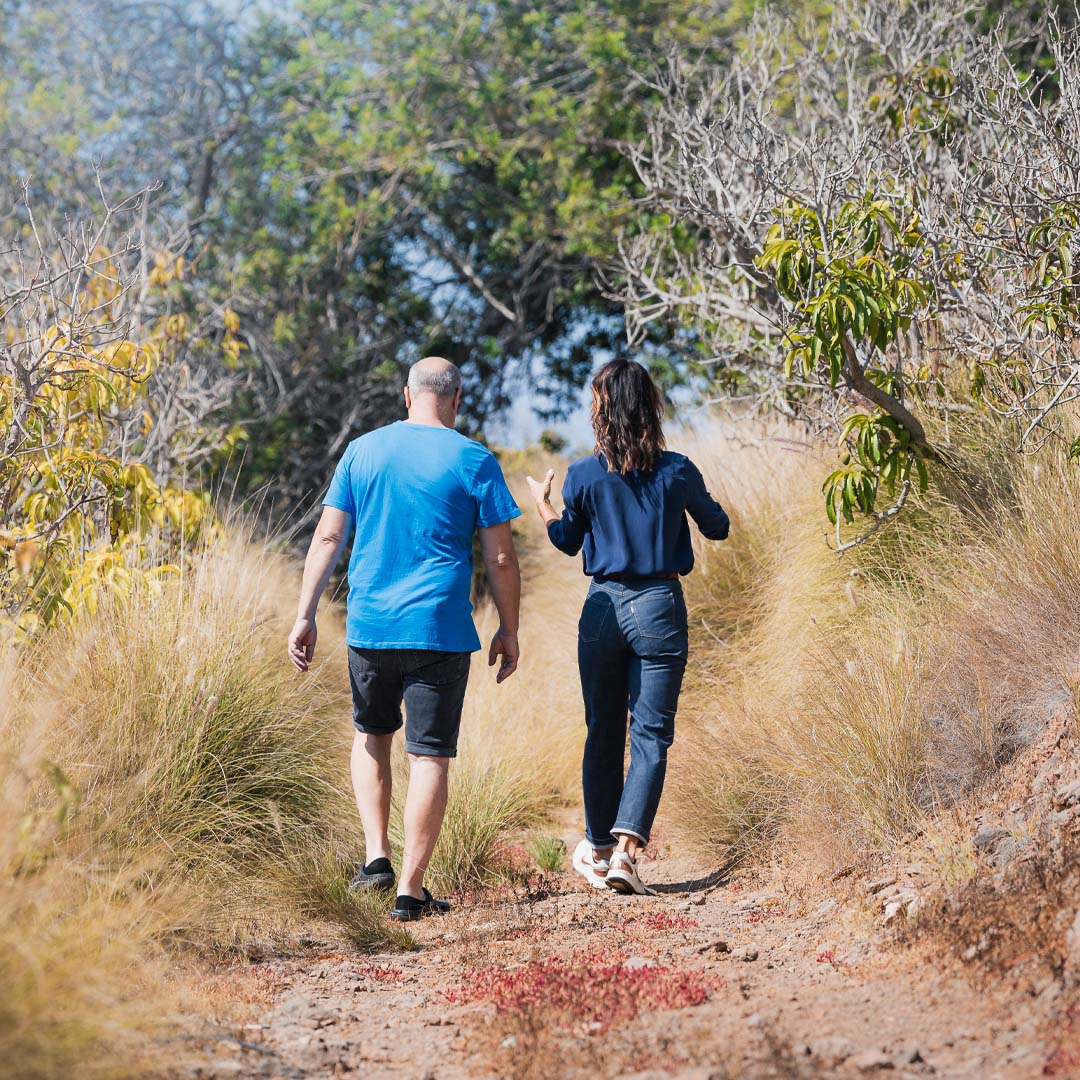




In today’s fast-changing world, it’s easy to feel overwhelmed, empty, or depressed. Chronic stressors can take a toll on your well-being, making happiness elusive. Don’t wait until it becomes overwhelming—get help and reclaim your life. Together, we’ll explore what makes you thrive, reduce stress, and foster your happiness. Often, the solution is simpler than you think—it’s your perception that holds you back.
I offer the best support in a relaxed environment. Instead of an office, let’s walk outdoors. Experience the benefits of exercise and a clear mind as we work through your issues. I’ll walk alongside you, listening, encouraging, and guiding you. Believe in yourself, just as I do.
Find peace and thrive—take the first step towards lasting happiness.



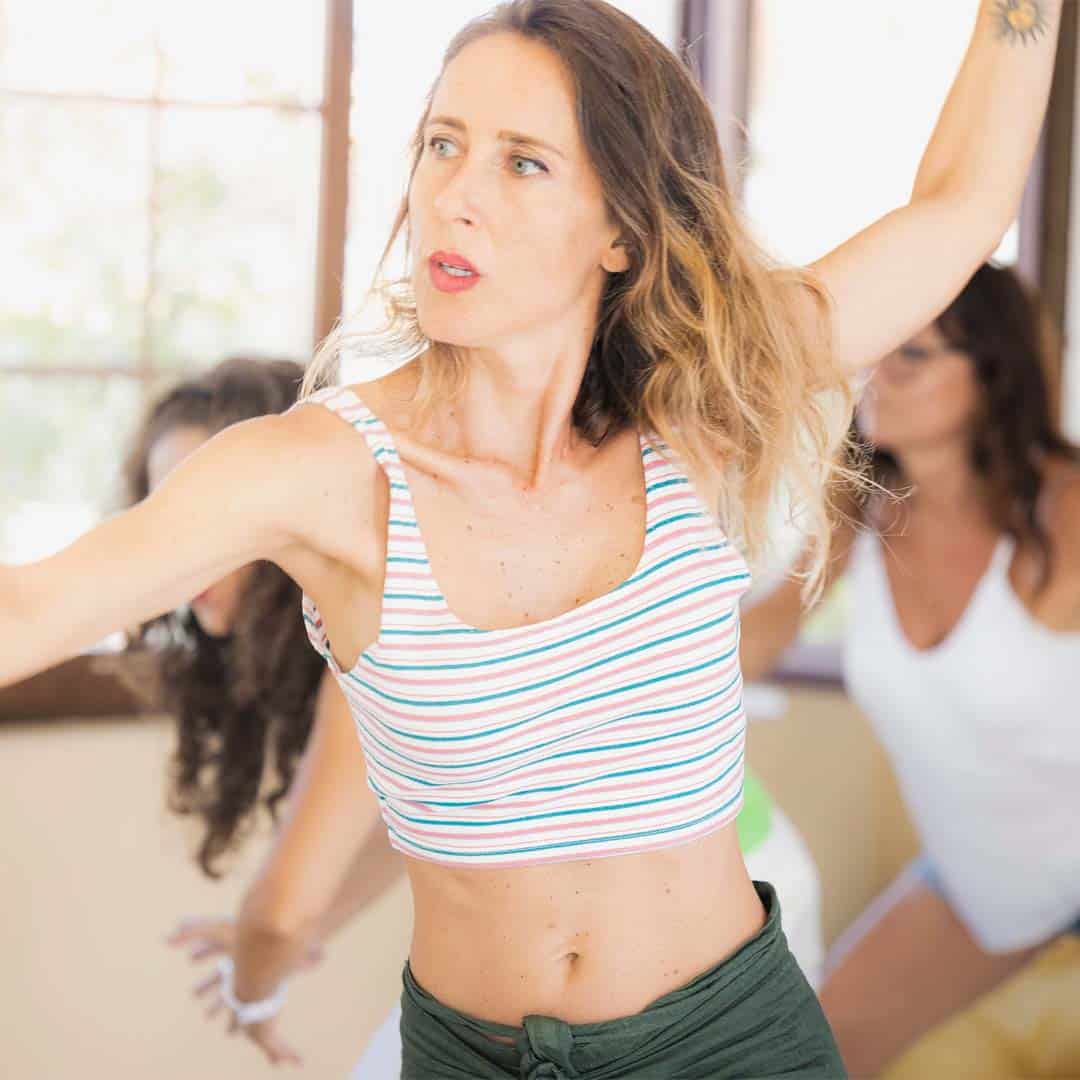
Feeling demotivated, empty, or overwhelmed? Whether you’re facing work pressures, family responsibilities, or a recent breakup, there is help available.
Through dance therapy, I help clients release trapped emotions and experience positive feelings, leading to a revitalized outlook on life. Dancing not only improves physical and mental strength but also becomes a language of expression. When you let go of thinking and let your body speak, it releases happy hormones and uplifts your mood.
Dance therapy is for everyone, whether you seek mood enhancement or are dealing with anxiety or depression. It offers a safe space to confront emotions and eliminate toxic pain, allowing you to live the life you desire.
Join me to recharge, explore new facets of yourself, learn dance moves, and regain control within your body.

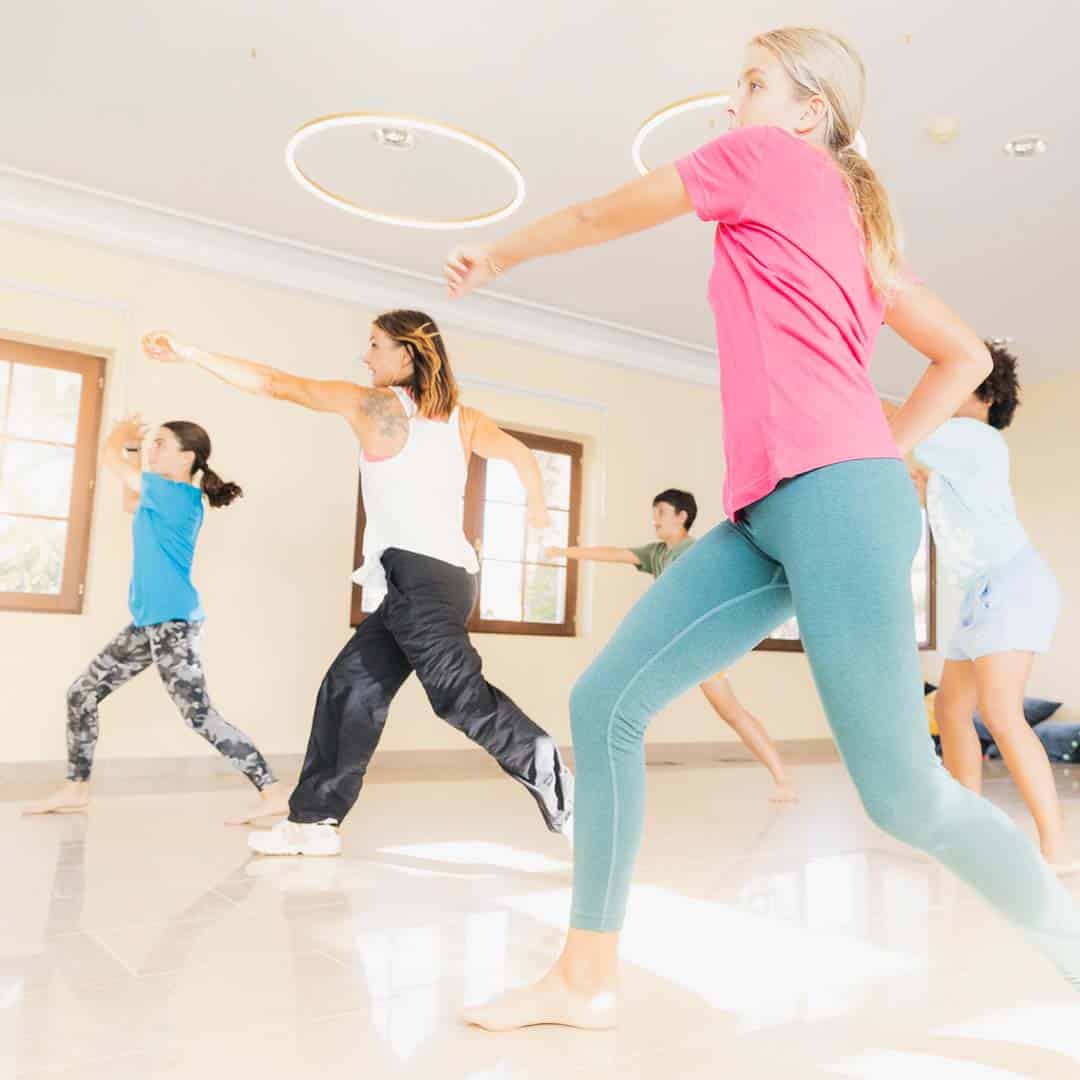


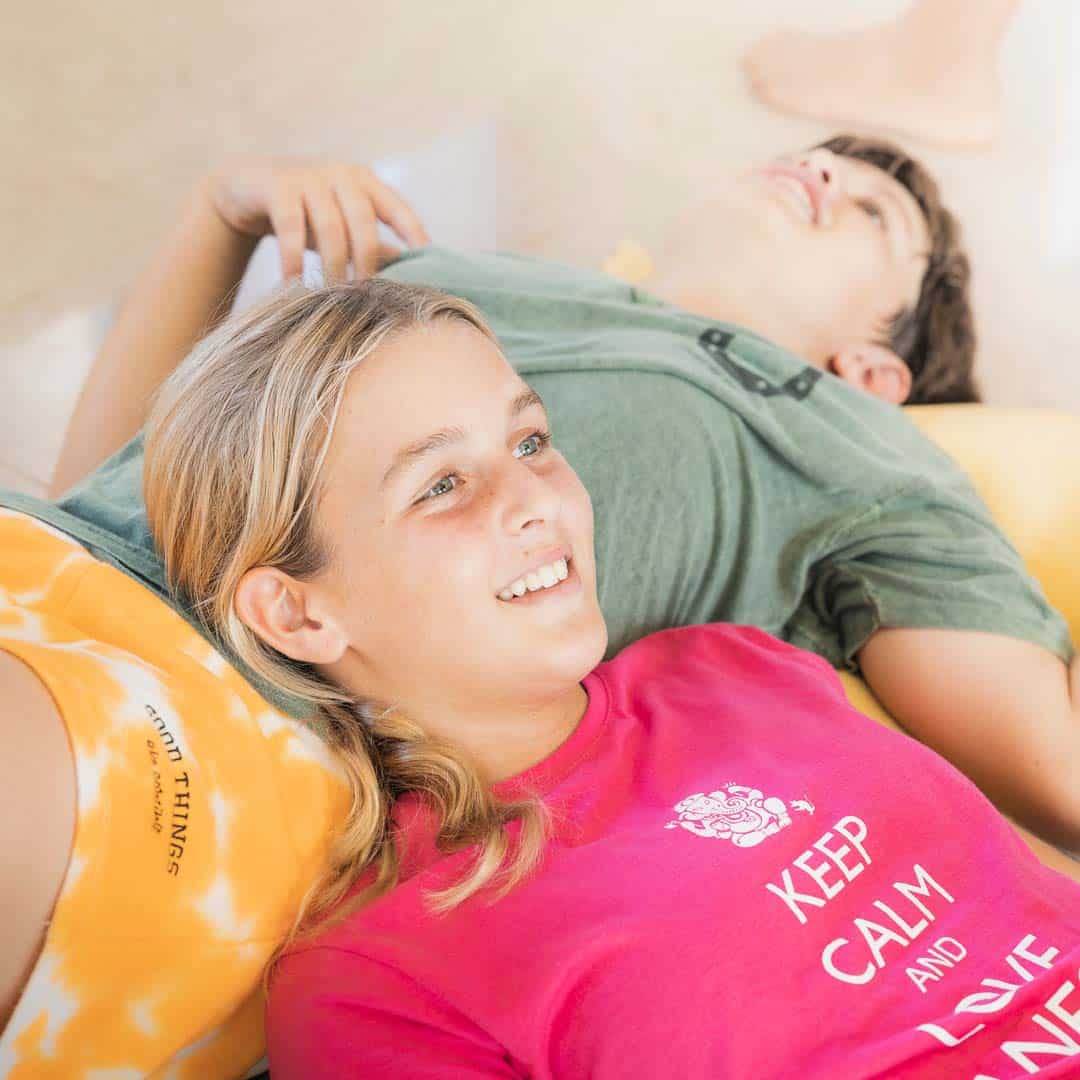
Having ADHD myself, I understand the real impact it has on your life. ADHD symptoms can create challenges with productivity, emotions, and relationships, leading to negative thoughts and low self-esteem.
But here’s the truth: you’re not broken, failing, or lazy. You’re simply different. Our brains work under a different set of rules, like a Deluxe Limited-Edition brain!
By embracing your brain’s uniqueness, you’ll find that things become easier and regain a sense of control. I can help you create your own ‘ADHD user-manual,’ where you’ll learn to manage stressful symptoms, understand your working style, improve challenging behaviors, and discover your ‘ADHD superpower.’
People with ADHD are often highly intelligent, creative, funny, and sensitive, but struggle with initial steps to manifest their ideas. Don’t let ADHD dictate your life. Learn the rules of your ‘super-power brain’ and amaze yourself with your skills.
Remember, ‘Everyone is a genius. But if you judge a fish by its ability to climb a tree, it will live its whole life believing that it is stupid.’


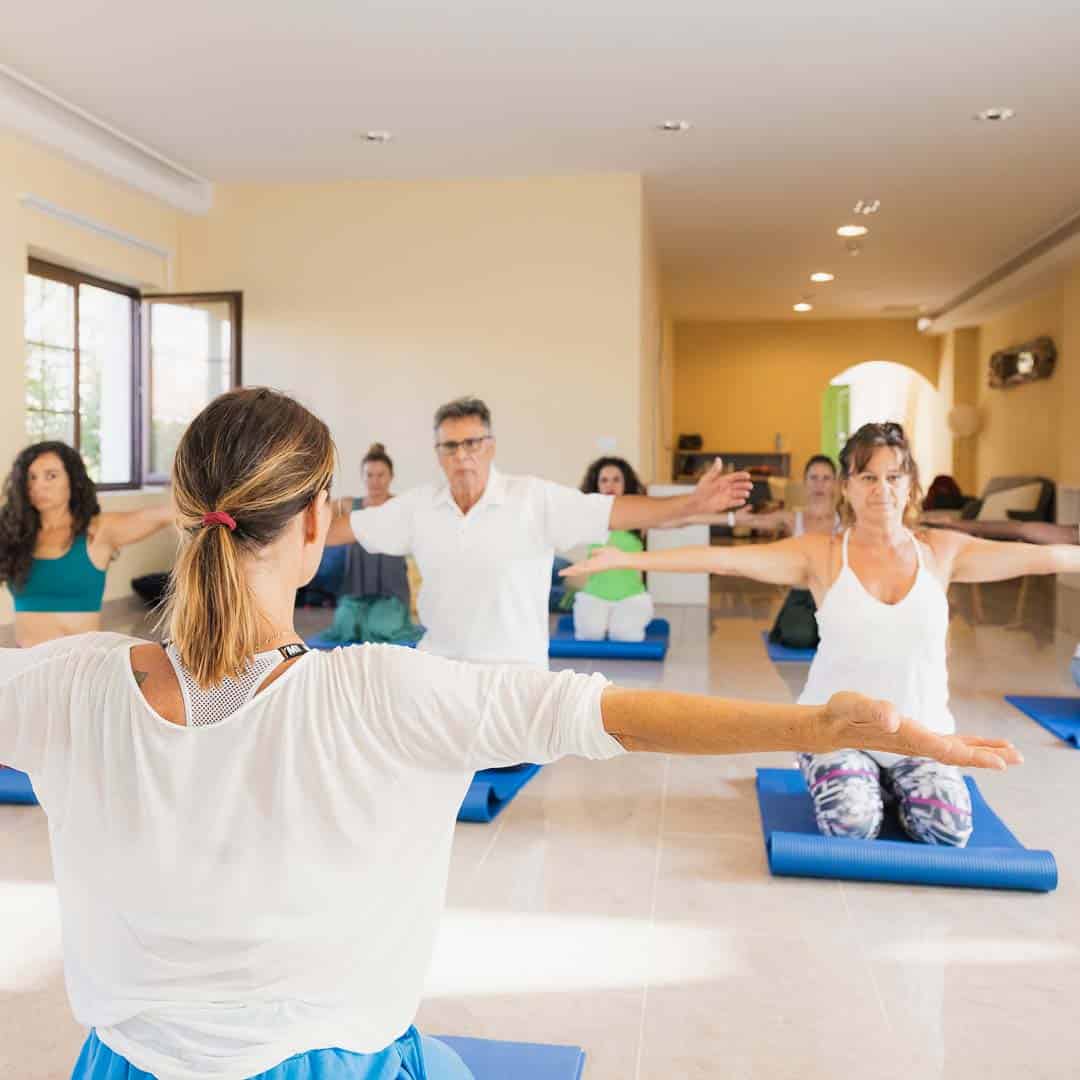
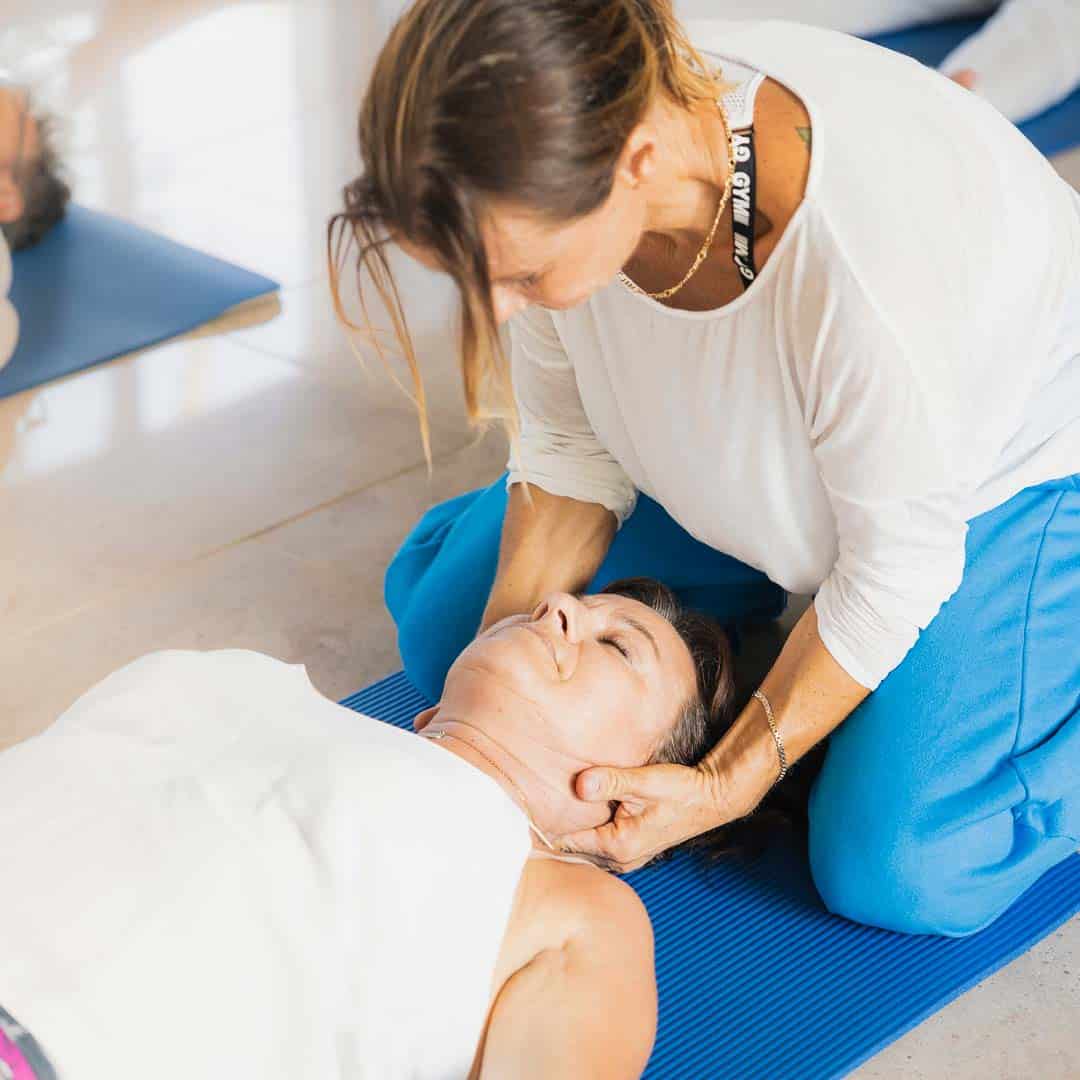
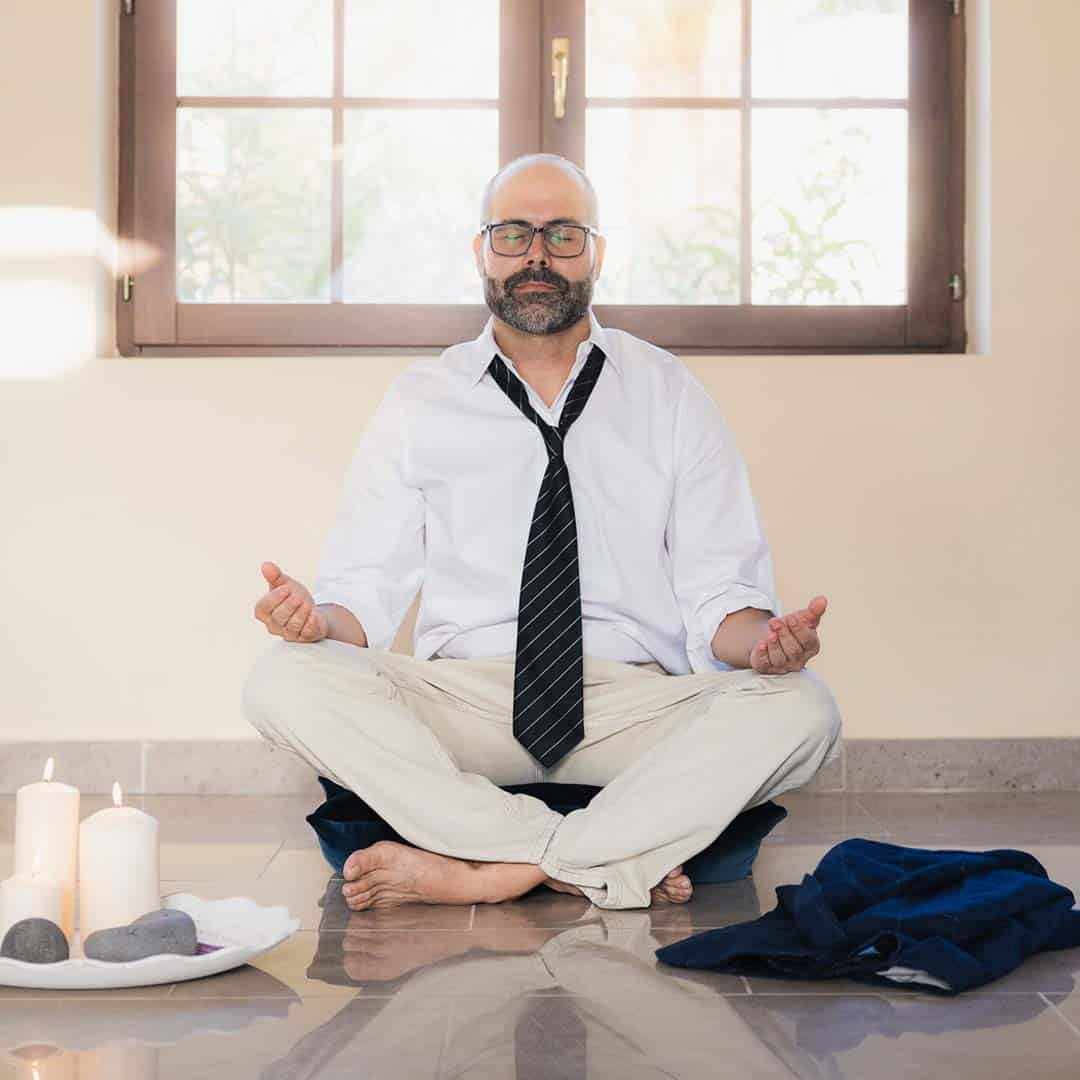
Long-term stress and physical challenges can compromise your immune system and brain functions, leading to various health issues. When overwhelmed, it’s easy to feel out of control. However, by focusing on your breathing, you can reset your body and recover from the negative effects of stress.
Controlling your breath has the power to transform your emotional state, cultivate inner peace, and enhance happiness and productivity. It’s an incredible upgrade to your overall health and quality of life.
A calm mind is less overwhelmed and sensitive, enabling you to gracefully perceive and respond to situations and people. With a ‘full capacity happy brain’ and controlled emotions, you’ll thrive in all aspects of life. It’s a beautiful path to well-being.
Experience connection, empowerment, freedom, and healing.
Celebrate life’s movement with me! Join my rhythmic class to connect with your body, explore new movements, and release stagnant energy. Learn dance tricks while gaining self-awareness for a better life. Experience joy, kindness, and pure fun. Sessions include warm-up, breathwork, guided movement, and basic dance steps. The “Good Mood” class offers deeper dance and choreography for enhanced well-being. Connect with your body, unlock emotions, and overcome struggles.
Embrace yourself with love and kindness through closing breathing exercises.
Dance your dance and feel the joy of life.
Wear comfy clothes, go barefoot (or wear socks), and bring a drink.
Dance Therapy is a versatile form of therapy that recognizes the connection between motion and emotion. It can be conducted individually or in groups, benefiting general well-being or treating psychological challenges.
Key principles include the interaction between body and mind, movement reflecting thought and feeling patterns, and the release of chemicals in the brain through movement.
Dance therapy integrates all aspects of the individual, with mental, physical, social, and spiritual well-being intertwined. It utilizes non-verbal communication to uncover truth and promotes the therapeutic process through the body. Dance therapy promotes general well-being by liberating the true self and fostering creativity.
People in Dance Therapy have the right to confidentiality. Clients are provided a safe space to express themselves, to tolerate internal sensations, and feel a sense of control and autonomy within the body.
For Everyone!
Dance is our innate way of expressing emotions and celebrating life, often forgotten in our modern world. It’s a versatile and healthy workout that adapts to your physique, mood, and abilities. Remember, it’s not about how you look, but about your well-being and the joy of dancing.
These classes are inclusive of all genders, benefiting both men and women equally. They serve as a health promotion service for healthy individuals and provide stress reduction and support for those facing physical, mental, or social struggles.
Dance therapy is available for individuals and groups, catering to children, adolescents, adults, and the elderly. It addresses a wide range of conditions and challenges, making it a versatile therapeutic approach.
Sign up for Dance Therapy class if you:
First of all, everybody can dance, – in their way.
You need no previous experience of dance and your age, or the shape of your body is of no importance whatsoever. It is all about your expression, move as you can, as you want and as you feel like, – You participate at your level, even if you have two left feet.
As long as you are able to come to class, you have the health and skills needed to participate in dance therapy. You don’t have to be in a certain shape or know how to dance.
If you struggle with mental illness or have a physical disability/injury that might limit your experience in class, please let me know and I will do my best to accommodate you. To move through the class is optional and you can take a break when you feel like it. My priority is to make my clients feel safe and supported.
If you need someone to accompany you, there is a nice waiting room next to the dance studio.
During the sign-up conversation, we’ll agree on the time and place for your sessions. In our first session, we’ll create a therapist-client agreement that ensures confidentiality and covers practical information, such as encountering someone we know. If you have any concerns or thoughts about the session, please let me know.
Sessions are typically 60 minutes long, although some clients prefer 90 minutes. I aim for a relaxed setting without the use of recordings or notebooks. We’ll enjoy the outdoors and engage in physical activity, which can facilitate easier conversation and provide a healthier perspective on problems and emotions.
The pace and distance of our walk are entirely up to you. We can have a relaxing stroll or pick up the pace if that’s more comfortable for you. We’ll take breaks as needed, and if you prefer, we can also find a spot to sit and connect with nature. Therapy is not one-size-fits-all, and I’m flexible to accommodate your wishes and needs as long as it supports your progress.
Around the halfway point, I’ll inform you and offer route options to return to our initial meeting point on time. In the last 5 minutes, we’ll recap our session, provide you with tools to practice, and then you can continue with your day, enjoying the endorphins and the positive feeling of being outside.
Sometimes, discovering the hope that change is possible can be the first uplifting experience.
Engaging in therapy is not fixing something that is broken! It is about gaining the tools needed to live a better, happier, healthier, and more productive life.
Walk and Talk Therapy is based on the fact that exercise and spending time in nature have immense health benefits, that impact both physical and mental health. This is valuable for all of us, but even more when you struggle and are facing challenges. By taking the therapy session outdoor, we draw advantage of the calming effect nature have on our mind, to ease the conversation, increase well-being and, help processing emotions.
The key reasons for taking the therapy outside:
Nature:
Walking and moving:
All ethical and confidential boundaries remain in place. An agreement would be worked out together with between the therapist and client that covers the practical topics.
Walk and Talk Therapy is for everybody, and everybody benefits. – The good thing is that you don’t need a serious issue to come for a walk. The earlier you approach a problem, the shorter and less painful is the therapy process.
Using the outdoors as a therapy room in combination with Cognitive Behavioral Therapy (CBT) has been found highly effective across gender. CBT is a constructive therapy method, that help people identify their strengths and us them to create positive changes (instead of exploring what is wrong). This problem solving and goal-oriented approach provides a good match for the masculine way of thinking and are therefore highly appealing for male clients.
Research outlines several groups that show positive improvement in walk and talk therapy:
WHERE: We have several walks in the area between Telde and Mogan. You can choose from taking a nice quiet mountain path, a walk along the beautiful coastline or a stroll in a park.
After your first conversation on phone or mail, we decide where and when to walk. We meet at the starting point and come back at the same place. If you are in a working situation where time is a problem, feel free to ask for a walk close to your work.
DISTANCE AND TIME: Each session last 60 minutes. (With possibility for a 90-minute session) The time we spend walking during this time is optional.
For the safety of my clients and to the ethical and confidential boundaries to remain in place, our exact walking pats will not be informed on this website.
This is not about fitness. Walk and Talk therapy is about sharing the benefits of being outside. Some clients like to have a faster pace while other like to stroll along. We can do a short walk for a sitting place; or we can just sit outside in the open and not walk at all. You can still experience the benefits of fresh air with no boundaries and walls around.
FLEXIBILITY: If the client has had a worn-out day, tired and no energy, we take it slow, and give the space needed for the conversation. Other days the client can come totally bundled up, with al lot of negative energy, and wants to stump the feet. Then we speed up and let go of the steam.
INJURED OR CAN’T WALK: If you are not able to walk of any reason, we have some peaceful and private spots where we can sit down and have the talk. (With parking facilities close by.)
All paths are well prepared. Wear comfortable shoes and clothes.
Take the weather into an account for sun protection, water bottle, or a jacket for those days.
It will help you identify issues that interfere with healthy functioning. You will get a greater awareness of your personal resources and learn ways to make your circumstances less painful.
DEPRESSION, STRESS AND ANXIETY
WALKING IS A POSITIVE ACTIVITY
MOVING IN NATURE
An ADHD diagnosis provides answers to lifelong questions but also raises new ones. As someone with ADHD myself, I understand the challenges and benefits firsthand. You can openly discuss your concerns without judgment. I offer genuine warmth and deep empathy for those struggling with ADHD.
My focus is providing you with genuine tools and knowledge to fulfill your potential.
Moving from Surviving to Thriving:
Managing ADHD:
Session Details:
While medications can help reduce your symptoms, therapy helps you bring lasting transformational changes to your life and that of others. It helps clients discover how they can get the best out of their own diagnosis and reach a stat of well-being and fulfillment of potential.
The treatment plan is tailored program that include the client’s goals, needs and shortcomings at the time. It will contain a set ofstrategies and tools to increase self-management and emotional / interpersonal self-regulation. If necessary, the therapist also include coping strategies to cope with other associated mental health challenges.
Develop an understanding of the personal ADHD struggles and educating their family or partner is the decisive step to be able to improve, get the right support and help to build self-esteem.
Cognitive-behavioral therapy (CBT) is the most used technique for helping people with ADHD. It is based on the idea that your thoughts affect your emotions, which affect your behavior. CBT helps.
Identify and change thoughts that has negative influence on behavior and everyday situations.
When it comes to adult and teenager ADHD, Cognitive Behavioral Therapy is one of the most effective treatments and first line of treatment recommended. By providing a structured environment it helps to better manage symptoms, to improve self-care, performance, and an increased quality of life.
Increase social skills.
ADHD Counseling is for teenagers and adult who have got the diagnose ADHD, – or think they might have ADHD.
Many goes unaware of having ADHD until their child are diagnosed with ADHD, and they realize the link between symptoms and their own struggles. ADHD is no longer considered a “childhood” diagnosis. Since 2014, more adults have been diagnosed with ADHD than children or adolescents. The average age at diagnosis is now in the early 30s. Not before hyperactivity was no longer required for the diagnosis was it acknowledged that girls were equally likely to have ADHD, and that ADHD usually persisted into adult life.
If you think you might have ADHD, you are welcome to have a non-binding talk. Whether you have questions, want to know how to be tested for ADHD, or are seeking information.
Join this class to explore the connection between your thoughts, emotions, and well-being, and discover how they impact your health and happiness.
Learn about the benefits of Body and Mind Wellness (BW), its effectiveness, and how it can address physical pain and illness caused by emotional and external factors. Uncover the link between your mind’s preoccupations and bodily discomfort, and gain tools to heal the root causes and take control of your health and happiness.
Modern life’s stressors hinder our well-being, but this class delves into stress management techniques to reduce symptoms. Discover breathing exercises to calm the nervous system, providing relief from stress-related symptoms that may not respond to medication.
The practical part begins with a warm-up exercise to release tension, followed by an exploration of your breathing habits. Learn techniques to enhance lung capacity, energize your body, alleviate pain, and quiet the mind. No experience is necessary, as the instructions are simple and easy to follow.
After regulating your breathing, enjoy a moment of personal reflection and integration. Guided relaxation and meditation help distance yourself from thoughts and emotions, allowing you to experience self-love and wholeness.
A calm mind fosters resilience and better responses to external events and relationships, improving various aspects of your life.
Leave the class feeling lighter, happier, and deeply relaxed.
Before the class:
Let’s embark on this journey together!
Breathwork is an umbrella term given to varies breathing practices.
It is a powerful self-care tool that can be used to improve physical, mental, and emotional well-being. By connecting to the breath, we can access deeper levels of the body and mind to consciously influence the brain, nervous system, and the hearth.
It has endless benefits, and the flexibility provided by the different exercises makes breathwork highly appealing to many. Not only can it cultivate inner peace, but it can also improve happiness, increase your productivity, focus, and help you relax.
Some breathing techniques can improve various physical ailments and even reduce your perception of pain. While other techniques can help resolve trauma interfering with a person’s mental and emotional wellbeing. Additionally, and maybe most importantly, helps you develop more positive emotions, allowing you to gracefully deal with the stress of daily life.
Deep breathing – techniques has proven to be one of the most effective treatments for stress, anxiety, and PTSD. It has showed good result in handling distress, lowering symptoms and prevent developing other severe health problems.
Breathwork is more than just breathing, it is an empowerment. That each person should be the director of own life and inspires to take (responsibility) of their own health. By increasing the awareness of body – mind – interactions, it helps people to see the connection between their physical problems and emotional pain.
It teaches how a distressed mind can harm a person’s life, immune system, energy level, memory, hearth, sleep, social interaction, etc. and how to deal with it.
Breathwork is a tool that create real and lasting changes. (By treating the roots of the problem, instead of damping the symptoms with pharmaceuticals.)
Like meditation, you grow an awareness of the mind and to engage with thoughts, emotions, and triggers. But when you work with the breath, you don’t have to fight your rampant thoughts to get into a meditative state. It is an easy and beautiful way to:
Calmness, that make you become a more loving, patient, and better version of you.
The “Breathe” class is mainly taken place in a calm and relaxing outdoor environment. Where we take advantages of fresh air (oxygen) and nature (vital energy and daylight). There are beautiful sites in the areas of Maspalomas, Arguineguin, Arinaga and Telde. We stay away from public areas of confidentiality reasons and to promote a safe and tranquil space for practice. For the same reason place and time will not be informed at this public page. All classes are confidential and ethical and confidential boundaries remain in place.
Everybody can reap the benefits of breathwork, be it to increase general wellness, because of a specific breathing disorder, want to increasing endurance, or maybe search for a way to address an emotional and/or physical health problem.
Therapeutically it is a highly recommended treatment (an excellent addition to talk therapy), for people who are chronically stressed, experience high states of anxiety, depression or struggle with addiction or eating disorder.
TAKE THIS CLASS IF:
Your Breathing is important to repair, maintain and rejuvenating the mind and body. It impacts the nervous system, hormone production, fight-flight response, stress levels, heartbeat, and blood pressure.
PSYCHOLOGICAL: Slow and relaxed breathing calms your nervous system. It’s been proved as a good treatment and to lower the symptoms of psychological problems as:
BRAIN: Your brain needs oxygen just to survive and good breathing habits cognitive processes as:
PHYSICAL: Breath can activate your nervous system and cardiovascular system which help regulate, recover, and restore your body
…………………………….
People practice breathwork for a variety of reasons. Overall, it’s thought to bring about improvements in emotional state and to decrease levels of stressTrusted Source in otherwise healthy people.
People have practiced breathwork to:
Breathwork is used to help to improve a wide range of issues including:
If you have come to a place in your life where the risk of remaining stuck is more painful than taking the risk of asking for help to change.
Fill up the form below and take a step towards change
Fill up the form below and take a step towards change